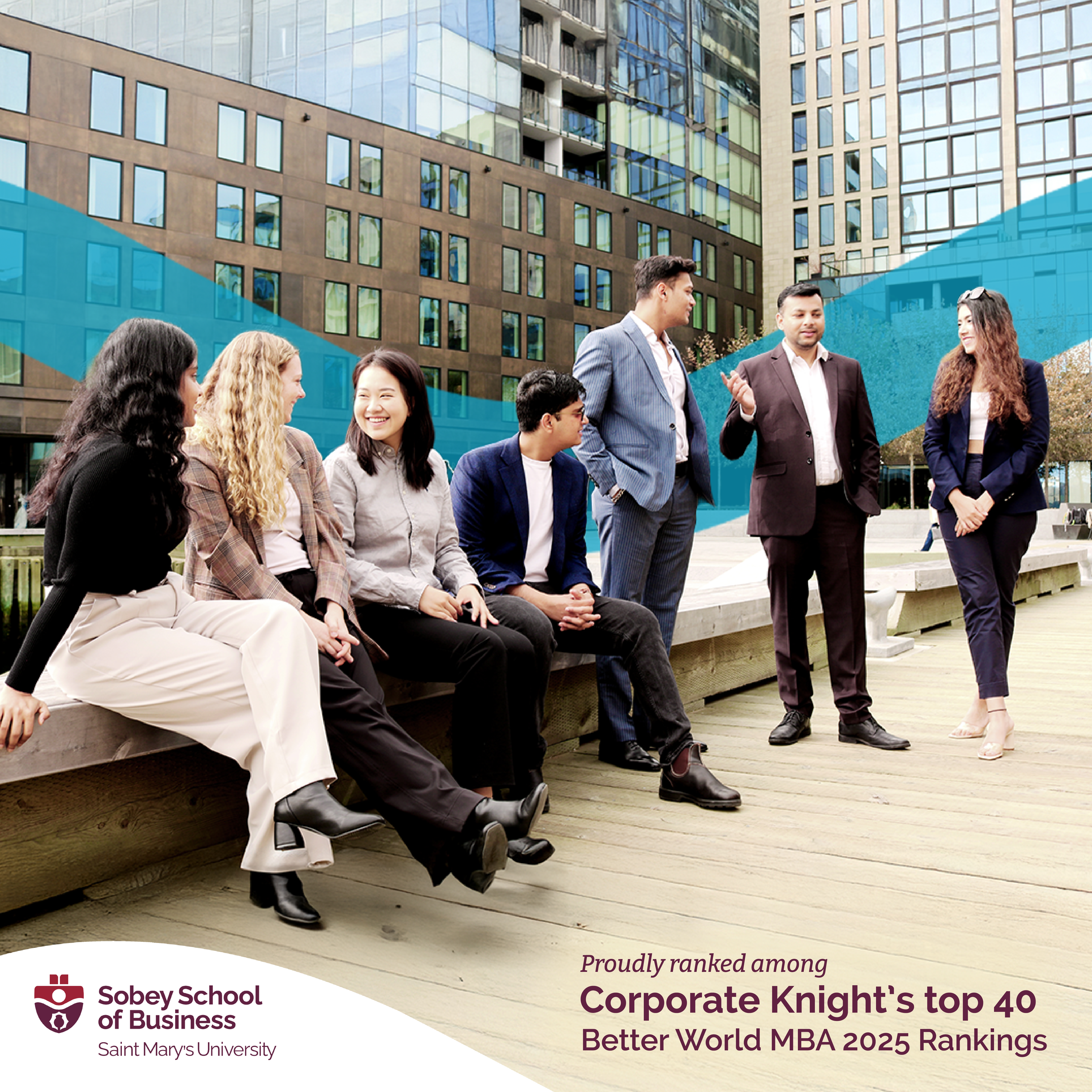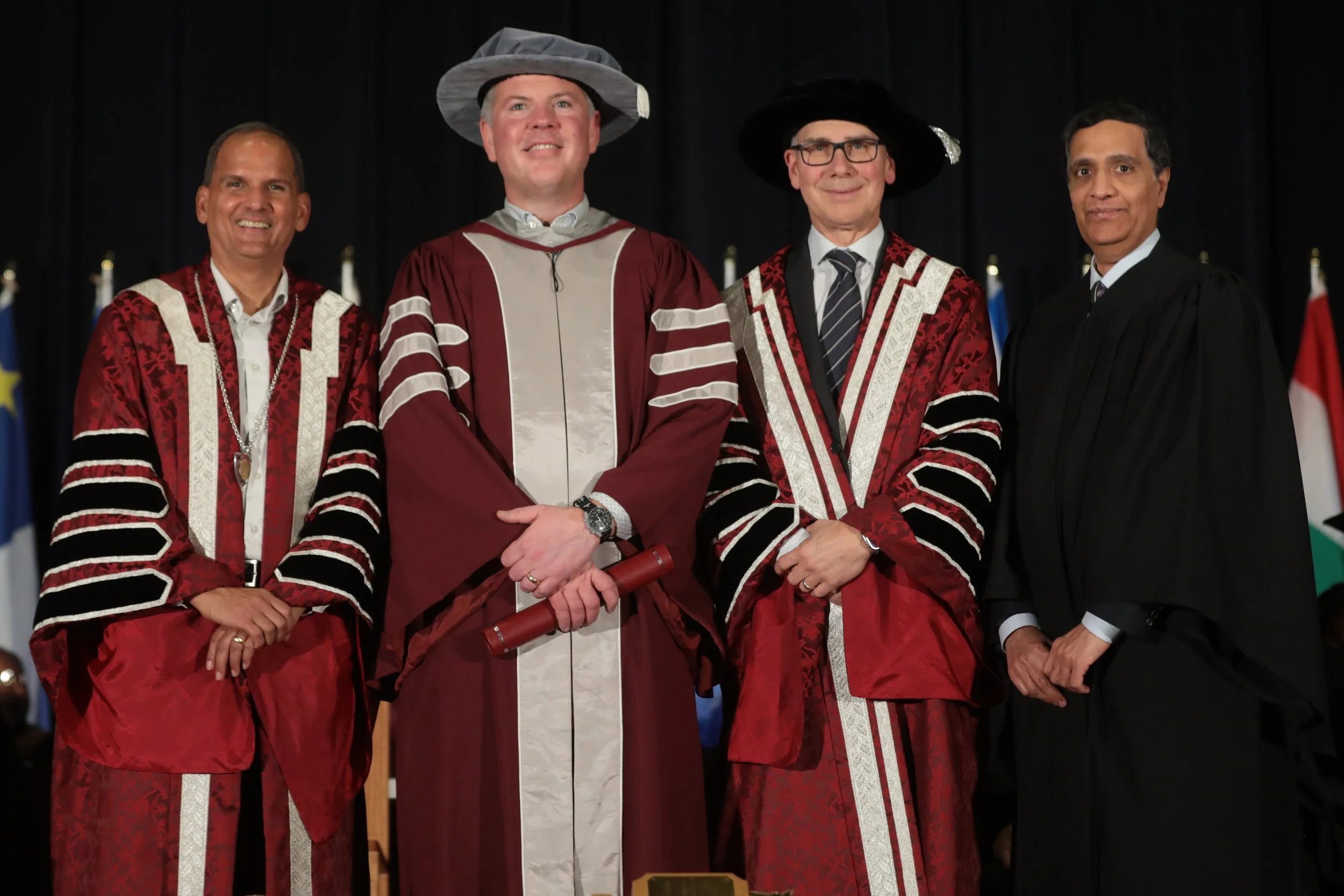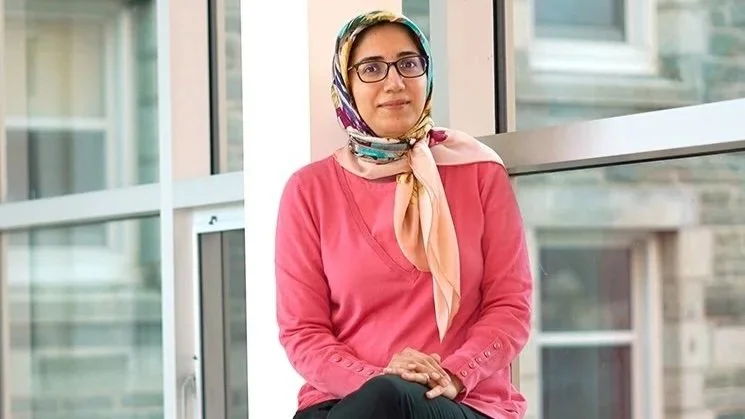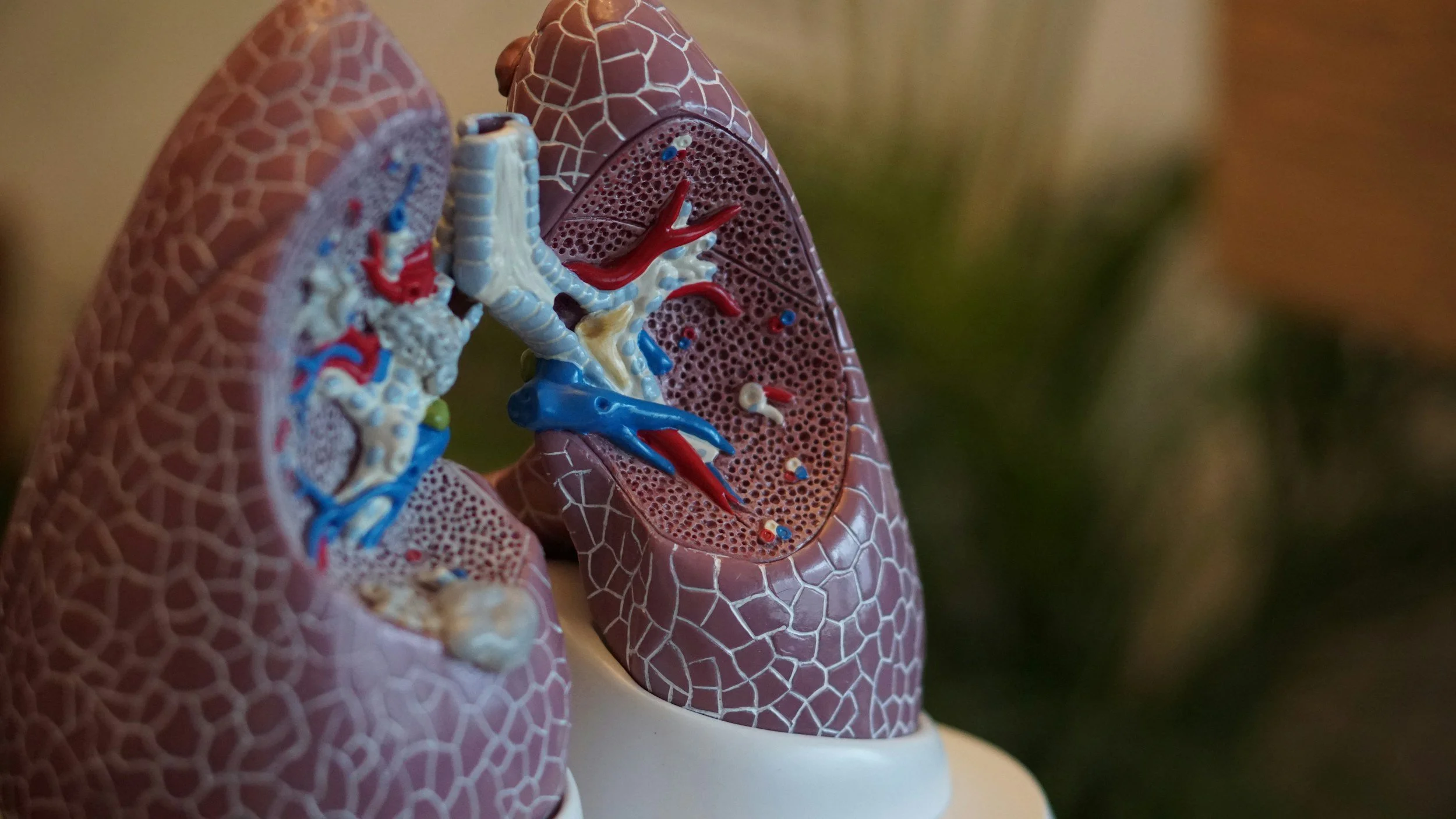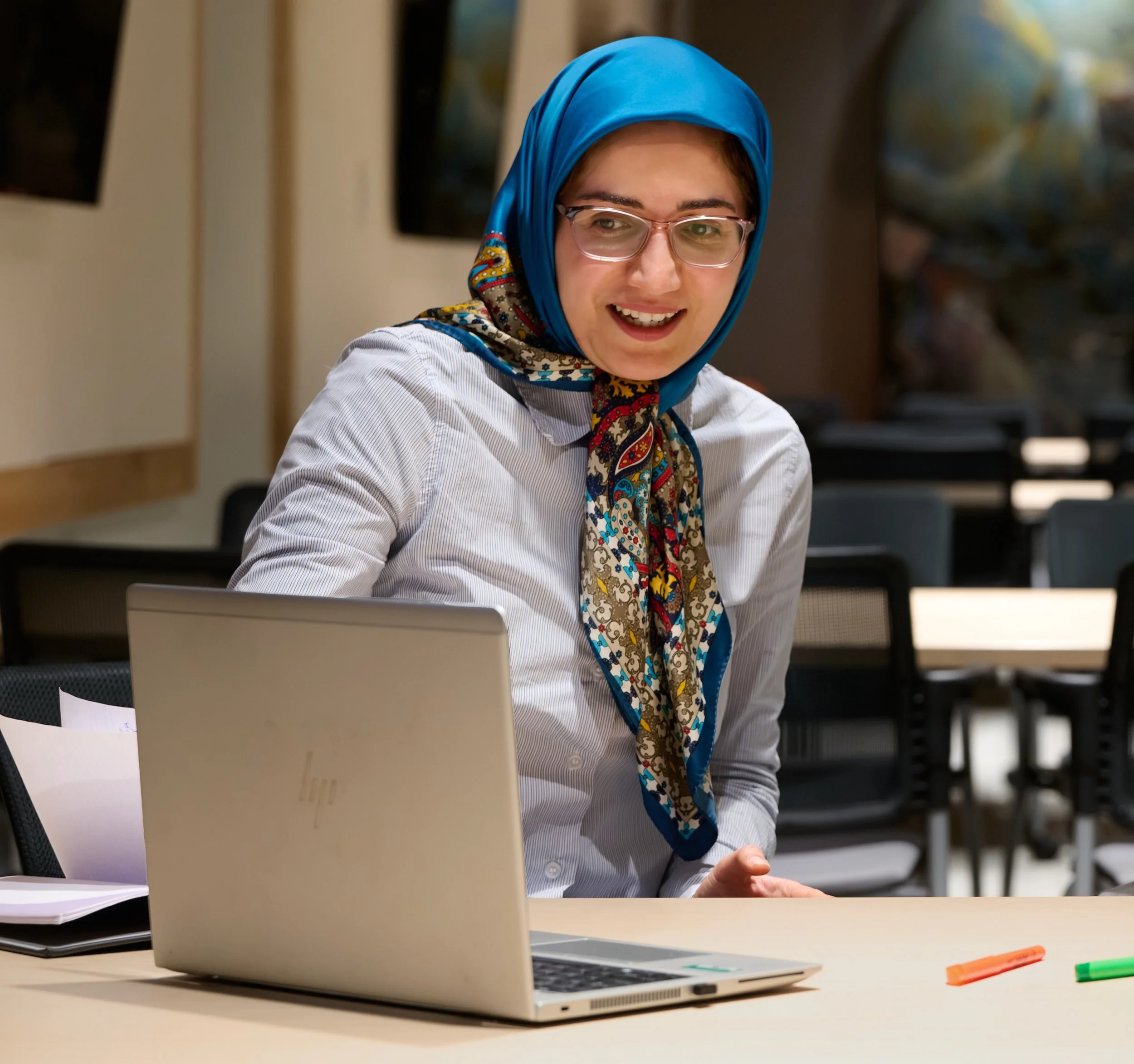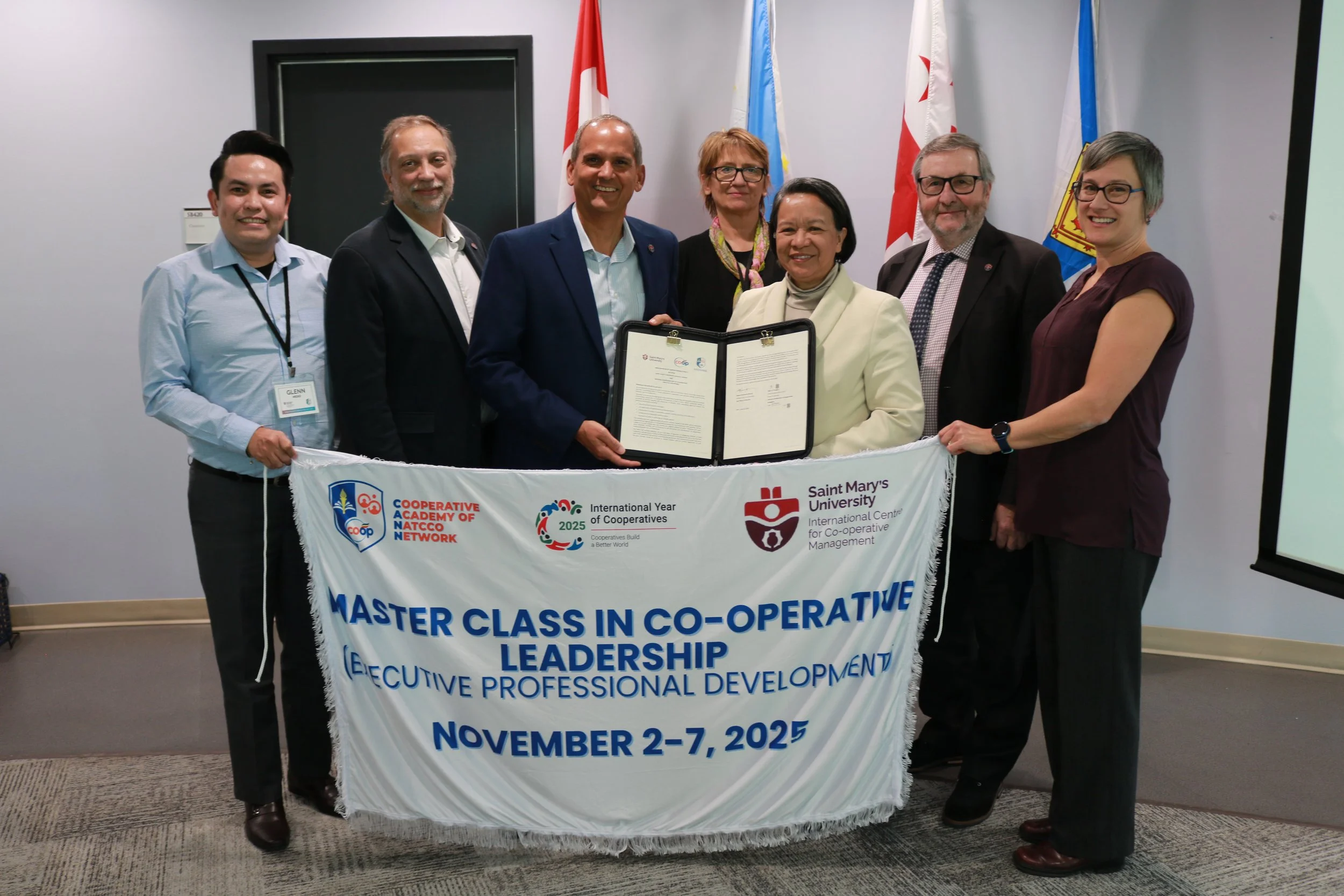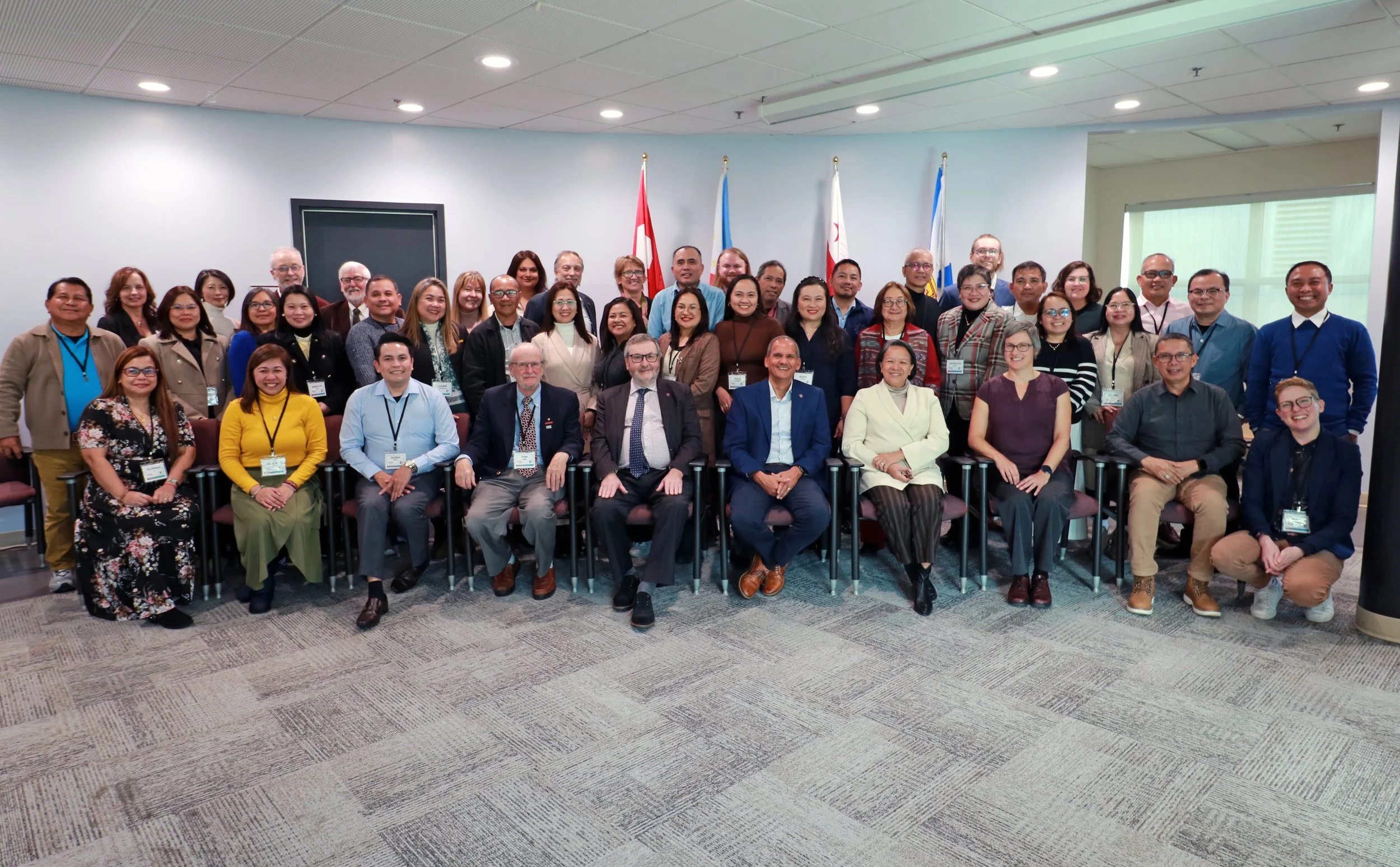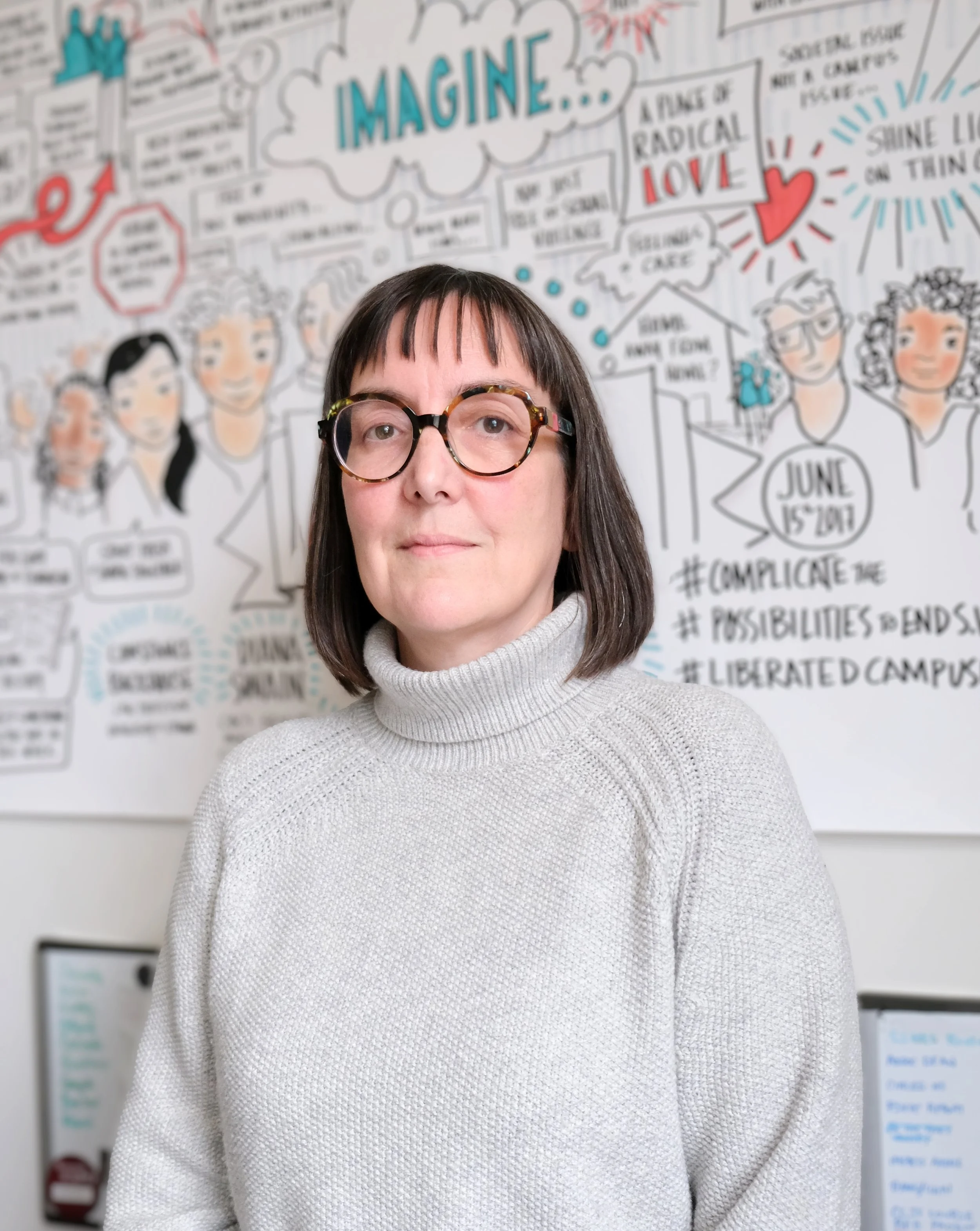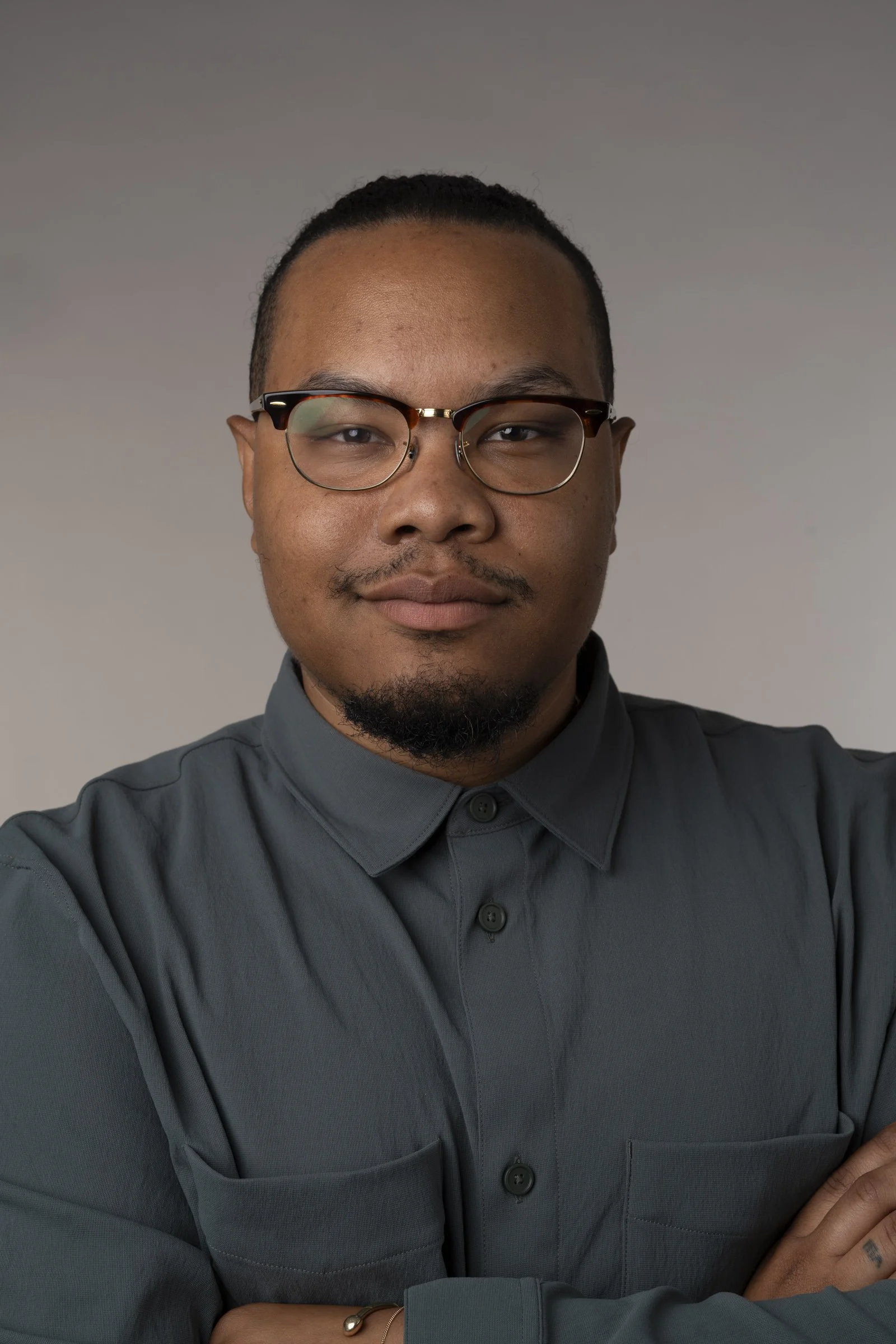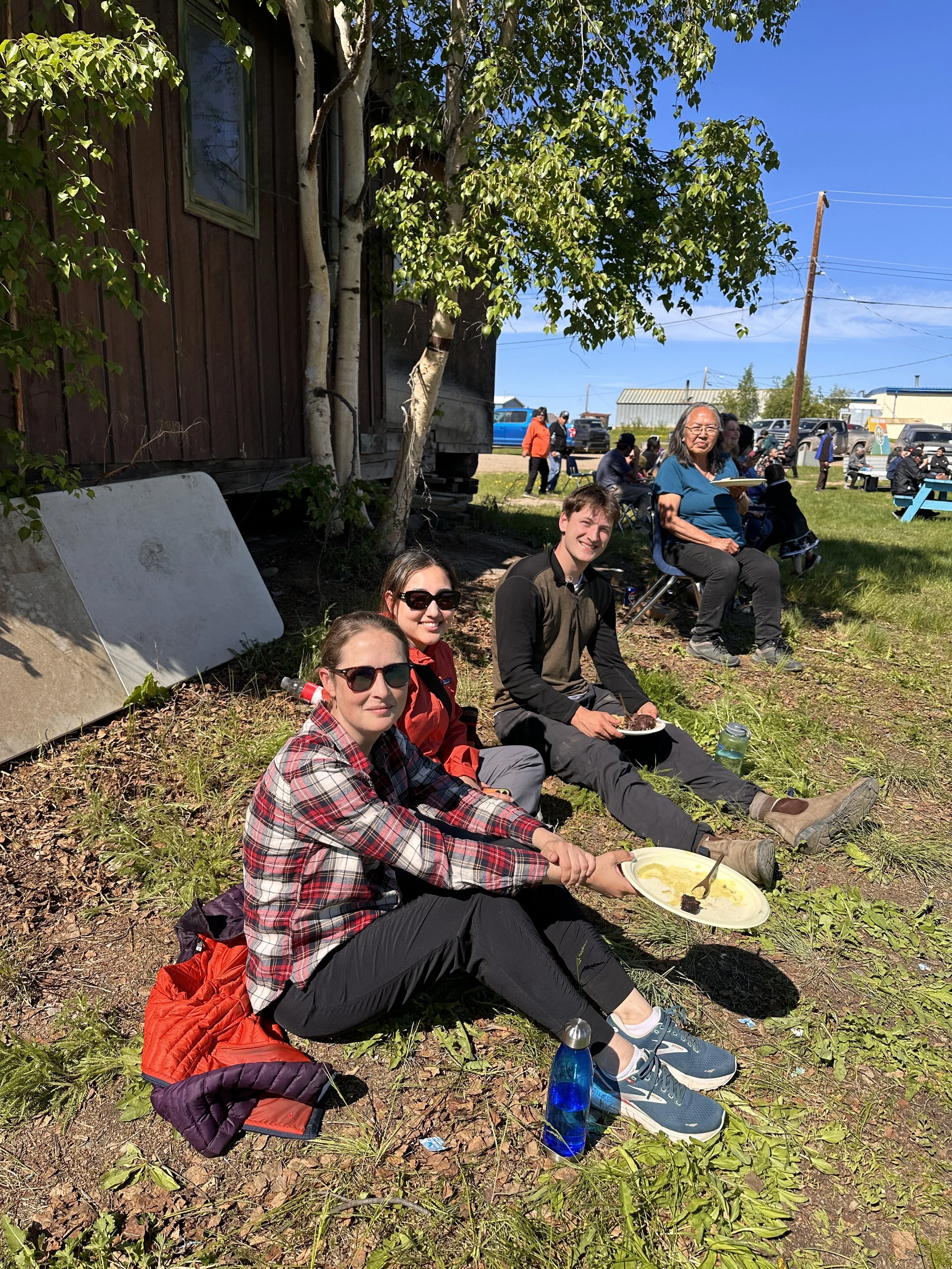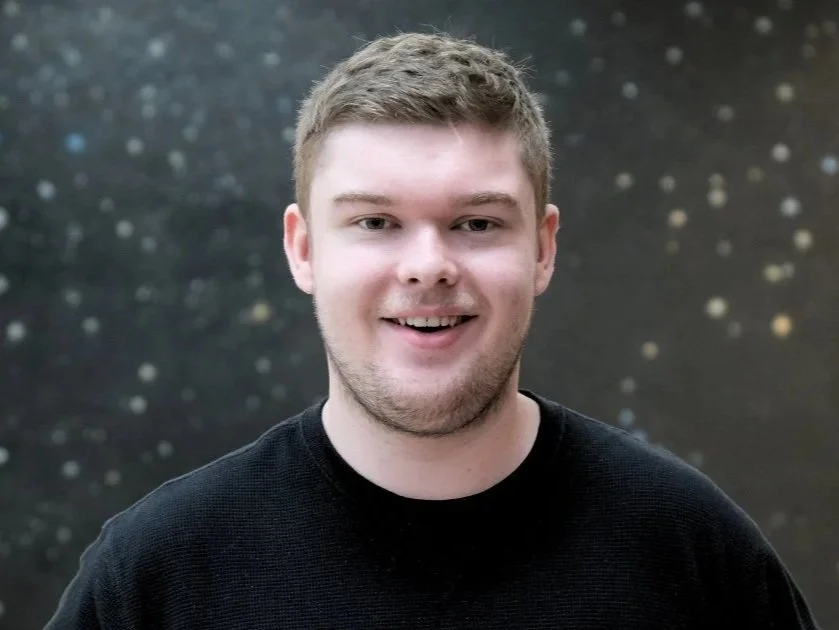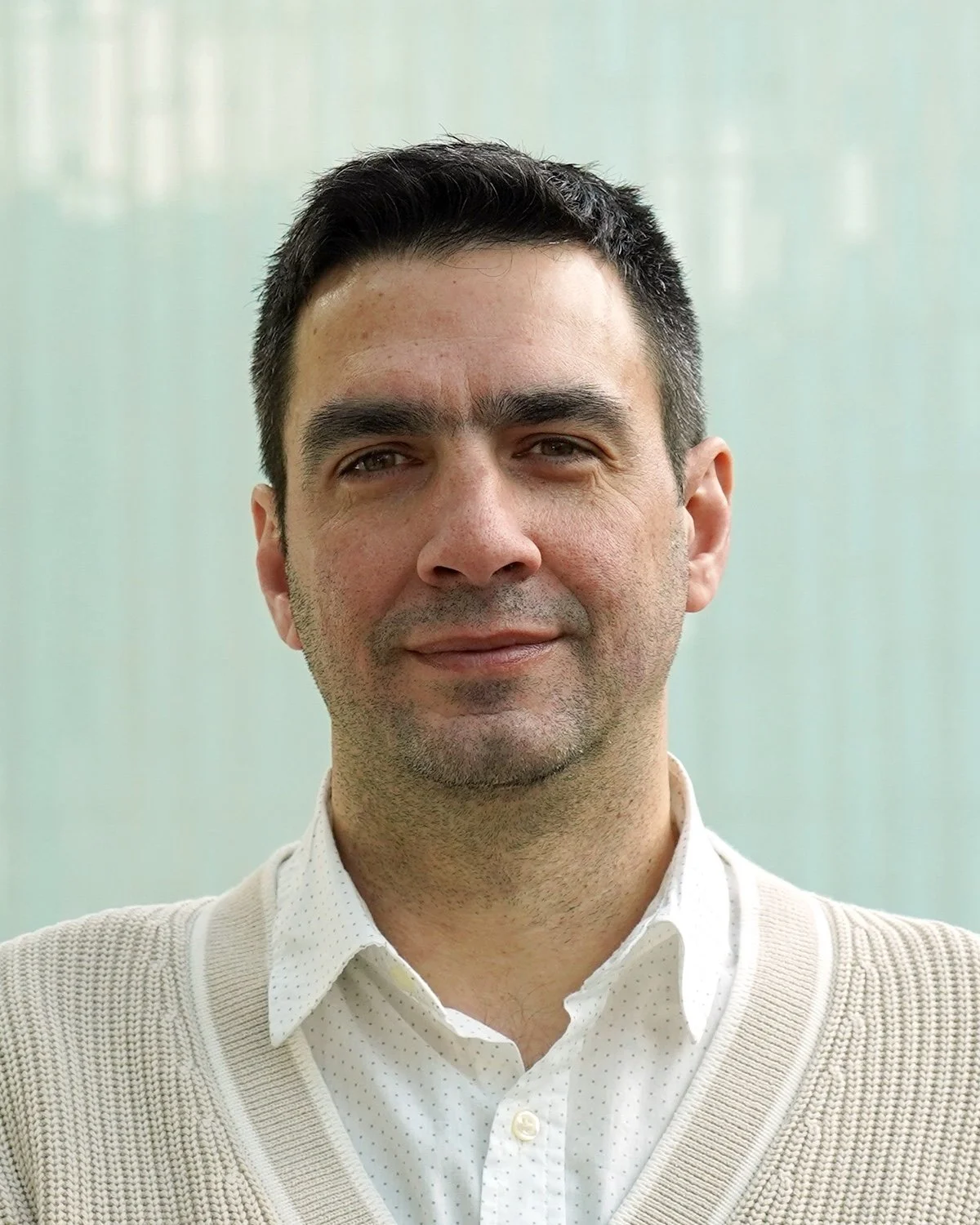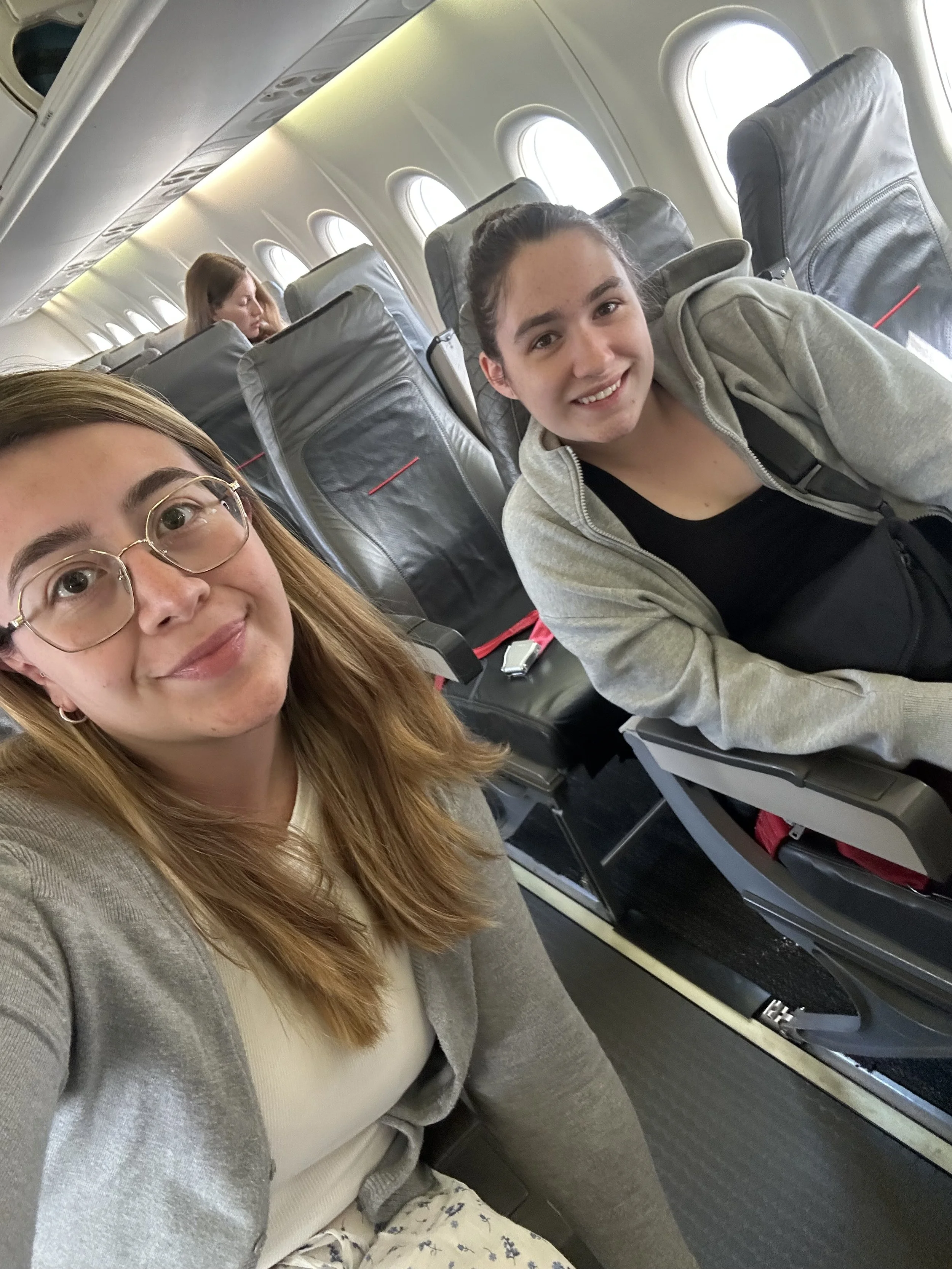Saint Mary’s University is proud to announce that the Sobey School of Business MBA program has been ranked among the Top 40 MBA programs worldwide in the Corporate Knights 2025 Better World MBA Ranking—a global benchmark for sustainability-focused business education.
This international recognition highlights the Sobey MBA’s commitment to developing responsible, purpose-driven leaders equipped to build an inclusive and sustainable global economy. Rooted in the principle of "Responsible Leadership, the program integrates sustainability management, social entrepreneurship, and ethical decision-making across its curriculum. Faculty members contribute to this mission through relevant, impactful research and experiential learning that prepares graduates to lead with integrity and vision.
The Corporate Knights Better World MBA Ranking evaluates programs around the world on their integration of sustainability, ethics and social impact across teaching, research, and institutional leadership. Being named among the top programs globally reinforces the strength of the Sobey MBA and its ongoing efforts to embed sustainability in every facet of business education.
“This recognition speaks to the kind of learning environment we strive to create. Our goal is to ensure that every MBA student is equipped to lead responsibly, think critically about social and environmental challenges and contribute to meaningful change in their organizations and communities,” said Firat K. Sayin, Associate Professor and MBA Director.
This achievement reflects the collective efforts of faculty, staff, students, alumni, and program advisors who continue to champion responsible leadership and sustainability throughout the Sobey MBA experience. Their contributions play a key role in shaping a program that aligns academic excellence with social and environmental responsibility.
The Sobey School of Business extends its appreciation to the entire community for their continued dedication to the program’s growth and global impact.
Learn more about the Corporate Knights ranking and the Sobey MBA:

